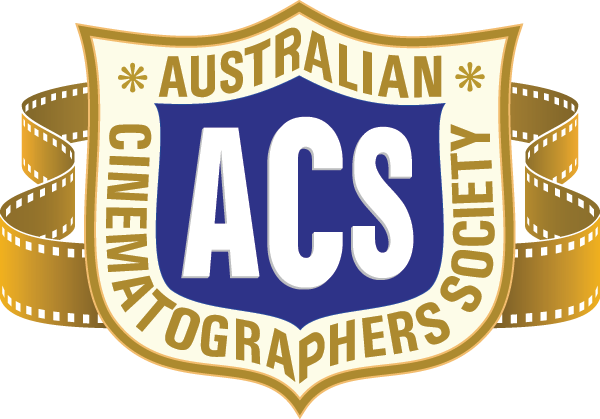Robert Krasker BSC ASC was a cinematographer who during the course of his career worked on more than fifty feature films. He was born in 1913 while his parents were en route from Alexandria, Egypt to Australia and his birth was registered in Perth.
At 19 years of age he left Perth and travelled to England via Paris where he attended art classes and briefly worked for Paramount then Dresden where he studied photography at the Photohaendler Schule. In 1932 he joined Alexander Korda’s London Films at Denham Studios where he became a camera operator.
As an operator, Robert worked on Technicolor spectacles like I Claudius (1937) The Four Feathers (1939) and The Thief of Bagdad (1940)
By 1942 he had moved up to cinematographer and would photograph some of the most memorable films made in Britain after the Second World War including the softly lit, subtle black & white Brief Encounter and the gaudy “cartoon colour” pageantry of Henry V. He also photographed Romeo and Juliet, Alexander the Great, El Cid with director Luchino Visconti, The Running Man, The Fall of the Roman Empire, The Heros of Telemark and many others.
Strongly influenced by film noir and German Expressionism, his greatest photographic achievement was undoubtably The Third Man, a collaboration with director Carol Reed, for which he won an Academy Award in 1950. He was the first Australian-born cinematographer to win an Oscar – the second would not win until 1990.
Although Robert Krasker BSC ASC isn’t particular well known by the Australian film fraternity the Australian Cinematographers Society is proud to revive his name and is honoured to induct him into the ACS Hall of Fame.


